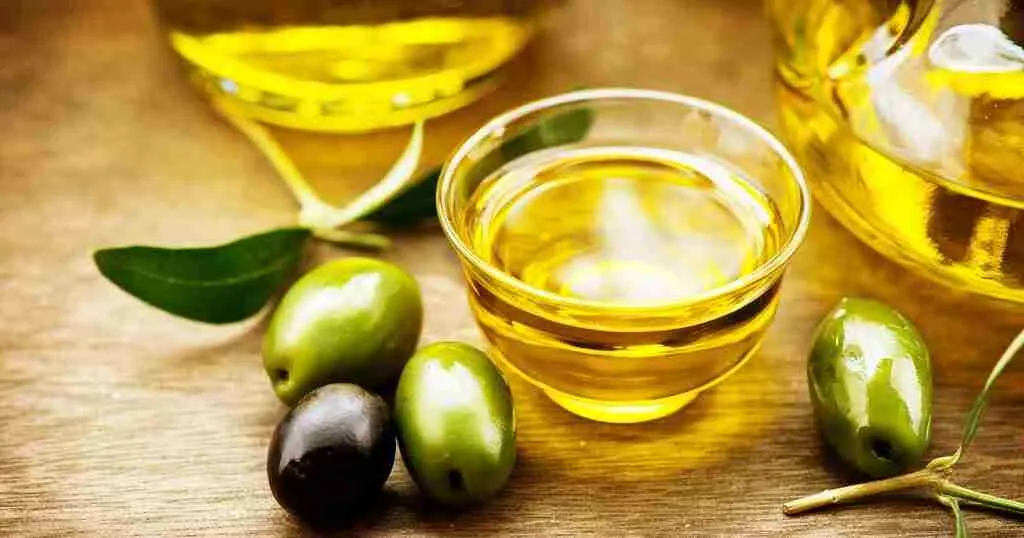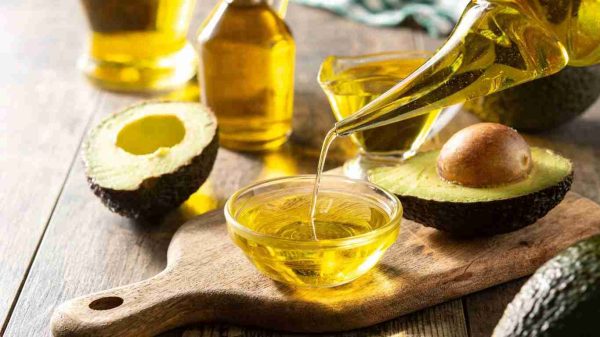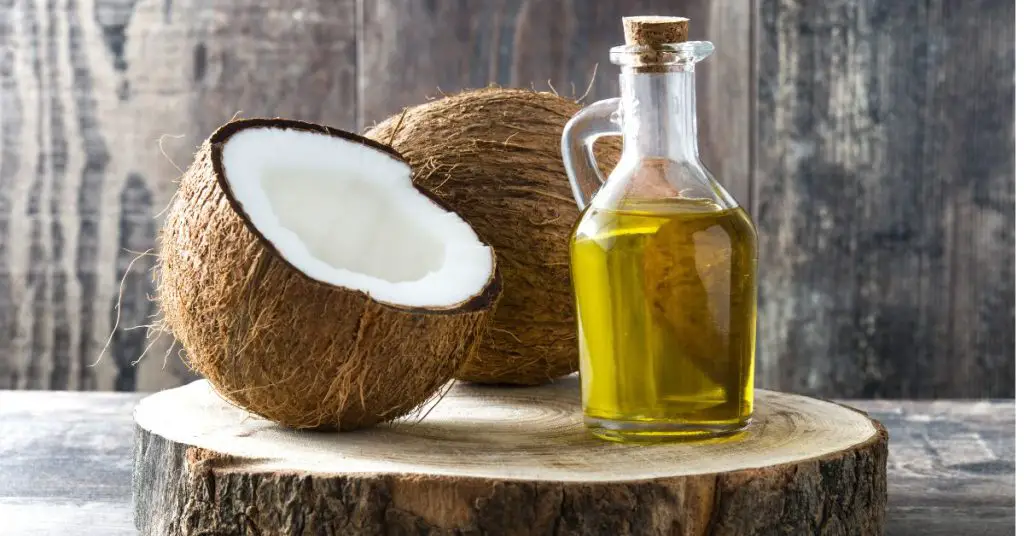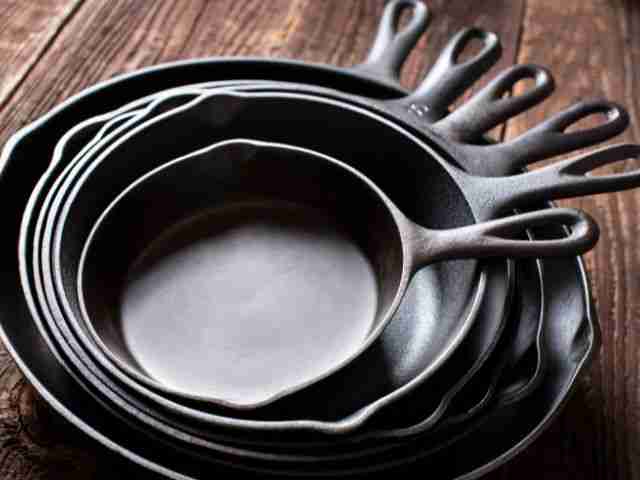Cast iron skillets are a must-have in any kitchen. Not only is
One of the best things about cast iron pans is that they can be seasoned to create a non-stick cooking surface.
Seasoning
This blog post explains how to season a

Table of Contents
Preparation: What You’ll Need To Get Started.
Before you begin the seasoning process of your cast iron pan or skillet on the stovetop, you’ll need to gather a few supplies.
You will need the following items:
The oil of your choice. (Below are a few of our favorites and suggestions).
You will need a paper towel or lint-free cloth. Coffee filters can also be used.
A stovetop. A gas stove works best, but you can season a cast iron pan on a glass-top or electric stove, too.
How To Season A Cast Iron Skillet On The Stove
Follow these six simple steps to season
- Step One: Clean Your Skillet
The first step in the seasoning process for your
Contrary to some in the cast iron community, you can clean the cookware with hot, soapy water and a stiff brush.
Another alternative to clean cast iron is to use coarse kosher salt and a small amount of olive oil.
If it is filthy, you could use fine steel wool, like an SOS pad. Chain mail scrubbers work great, too.
Anytime you wash cast iron, scrub the entire pan and all surfaces, including the interior, exterior, and handles.
Once your skillet is clean, rinse it and dry it with a clean cloth or lint-free paper towels.
- Step Two: Heat The Stove Top
Place your skillet on the burner at medium heat for about 5 minutes. To test if it is hot enough, pinch the edge of the cast iron pan or place your thumb on the handle.
This will help to remove any lingering moisture from the skillet and ensure the cast iron is completely dry.
If it is warm to the touch, it is hot enough to move to the next step.
- Step Three: Add The Seasoning Oil
Place the skillet on the stovetop as if you were going to cook something.
To season cast iron on the stovetop, your stove needs to be set between medium and medium-high heat.
You do not need a high temperature or excessive heat to achieve excellent seasoning.
Once the skillet is hot, add 1-2 tablespoons of oil to the surface.
Use a paper towel or lint-free cloth to spread and evenly coat the entire surface of the skillet, including all areas, such as the handle and sides.
We recommend seasoning cast iron with an oil with a high smoke point, such as Crisco,
How long do you season a cast iron skillet on the stove?
Generally speaking, cast iron is usually baked in an oven for about an hour to season it.
One of the best parts of seasoning on the stovetop is that you can finish the job in less than one hour.
We recommend seasoning your
Usually, after about 10-15 minutes of heating the oil into the cast iron, that is enough to have a nice thin layer of seasoning to protect your skillet from moisture or rust.
As the skillet heats, the oil layer will absorb into it and turn grayish, resembling an unseasoned pan.
Not to worry, though. All it means is that there is a dry spot in the pan’s seasoning. This is common when you season cast iron on the stovetop.
Wipe more oil into the skillet to create an additional thin layer of seasoning.
- Step Four: Flip The Skillet And Season The Bottom
DON’T FORGET TO DO THE BOTTOM!
After coating the skillet with oil, place it upside down on the burner and heat it for a few minutes.
Once it is heated, apply oil all over the bottom and place it back onto the burner.
Watch for graying spots. If gray areas are noticeable, re-season by wiping another thin layer of oil and continuing to heat for a few more minutes.
When your cast iron no longer has any grayish spots, you have successfully seasoned the cast iron.
- Step Five: Turn Off The Stove Top
At this point, turn off the stove and let the pan cool completely.
- Step Six: Wipe Out Any Excess Oil
After you have completely seasoned your skillet and before storing it away, use a paper towel or lint-free cloth to wipe out any excess oil one more time.
(Pro-Tip). An old T-shirt works well for this, too!
New Cast Iron Cookware Comes Pre-Seasoned From The Factory
The Lodge 12-inch Cast Iron Skillet with the red silicone handle holder is a kitchen workhorse I ...
All new Lodge cast iron comes pre-seasoned from the manufacturer, which means it has a thin layer of oil baked into the new pan at the factory to prevent rust from forming.
However, it is always best to season your
Properly seasoning lodge cast iron pans will cook better and are much easier to clean.
Wash your
Coat the cast iron pan with Crisco or the cooking oil you prefer, and rub oil into all the nooks and crannies, including the handles.
How To Make Your Cast Iron Pan Non-Stick
A seasoned cast iron pan creates a natural, non-stick cooking surface and prevents rust from forming. It also adds flavor to your food!
Seasoning cast iron is easy and only takes a few minutes on the stovetop.
Best oils to season cast iron skillets
You can season your skillet with any cooking oil. Vegetable oil is commonly used, but our favorites include Crisco,
If vegetable oil is all you have, that will work, too.
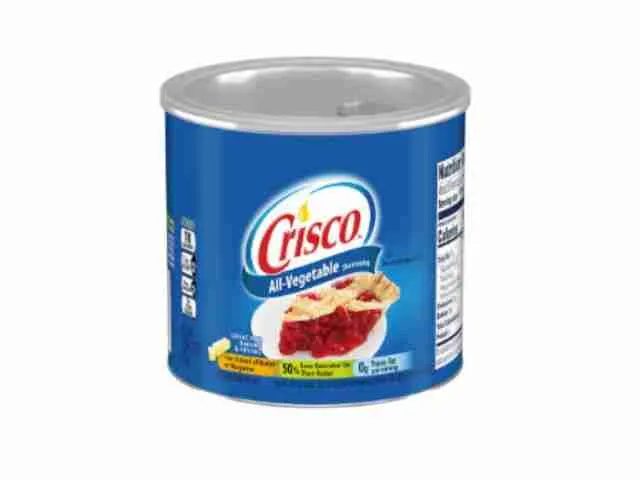 Crisco
Crisco
Crisco is a type of vegetable shortening that can be used to season your
We highly recommend Crisco because of its affordability, availability, and effectiveness we get when using this product…every time we season
 Avocado Oil
Avocado Oil
Avocado Oil is another excellent option to season cast iron because it can withstand higher temperatures without smoking.
Because of the higher smoke point of 520°F makes it an excellent choice and is used by many.
Lard
Lard is a rendered fat from pork. It can be used to season cast iron and adds a delicious flavor to food.
Lard is rendered from pork fat and has a smoke point of 370°F.
Bacon Grease
Bacon grease is one of my favorites and has a smoke point of 400°F.
Bacon grease is nothing but flavored lard that a smoke-curing process has seasoned.
It can be used to season your skillet and adds a delicious flavor to food.
 Grapeseed Oil
Grapeseed Oil
Grapeseed oil is a cooking oil derived from the grapes’ seeds.
It has a high smoke point and is perfect for seasoning
Grapeseed oil has a light flavor and a smoke point of 420°F, making it another excellent option for seasoning your
Flaxseed Oil Is Not Recommended
Flaxseed oil is not recommended because it has a very low smoke point and tends to crack, causing the protective coating to chip and flake off.
Not to mention, it is expensive, making it a poor choice to season cast iron.
Maintaining Cast Iron Cookware
Here are a few things to remember when seasoning your cast iron pot or skillet on the stovetop.
First, be sure to use an oil with a high smoke point.
Lastly, once you have seasoned your skillet, wipe out any excess oil with a paper towel or lint-free cloth.
Congratulations! Now, your
FAQ
How long do you season a cast iron skillet on the stove?
You want to heat the skillet for about 10-15 minutes to help the oil penetrate the cast iron’s pores to create a non-stick surface.
What is the fastest way to season a cast iron pan?
The fastest way to season a cast iron pan is on the stovetop, which generally takes about 10-15 minutes. Seasoning in the oven usually takes about an hour to an hour and a half.
What oil is best for seasoning cast iron?
The best oil to season cast iron is one that is affordable, readily available, and gives you the best results. My favorite oils to season cast iron are Crisco, Avocado oil, Grapeseed oil, bacon grease, and lard. I do not recommend flaxseed oil because of its low-smoke point and the tendency for the seasoning layers to flake.
Do you season cast iron after every use?
In order to maintain a good layer of protection and rust prevention, I do a maintenance coat of oil after every use. I do not season it every single time. Still, I do a maintenance coat instead, which consists of washing, wiping it dry, drying it on the burner, applying a thin layer of oil, and wiping it off completely before storing it away.
Happy cooking, my friends, and if you have other questions, be sure to check our frequently asked questions page for more practical tips and tricks!

